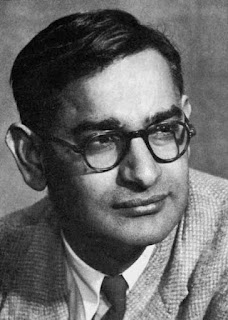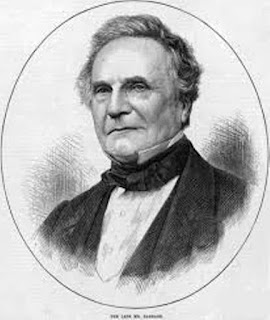Invention of electricity
The invention of electricity was not a single event but rather a gradual process that involved contributions from multiple scientists and inventors over several centuries. The understanding and manipulation of electricity evolved through a series of experiments, discoveries, and inventions. Here is a brief overview of key developments in the history of the invention of electricity:
Ancient Observations (Before 1600s)
- Ancient Greeks knew about static electricity, evidenced by their observations of static charges produced by rubbing certain materials together, like amber and fur.
- The ancient Egyptians were also aware of electric fish, such as the electric catfish, which produced electric shocks
Early Experiments (1600s-1700s)
- In the 17th century, experiments by scientists like William Gilbert, who coined the term "electricity," laid the foundation for understanding electrical properties.
- Otto von Guericke's experiments with static electricity using a sulfur globe and a hand-cranked machine furthered the exploration of electrical phenomena
Leyden Jar (1745)
- The Leyden jar, an early form of capacitor, was invented independently by Ewald Georg von Kleist and Pieter van Musschenbroek in 1745. It could store a significant amount of electric charge and discharge it upon demand.
Benjamin Franklin's Contributions (18th Century)
- Benjamin Franklin conducted experiments with electricity, famously flying a kite in a thunderstorm to demonstrate the electrical nature of lightning.
- He proposed the concept of positive and negative charges and introduced the terms "battery" and "conductor."
Voltaic Pile (1800)
- Alessandro Volta invented the voltaic pile in 1800, a precursor to the modern battery. It consisted of alternating layers of zinc and copper separated by an electrolyte, producing a continuous electric current.
Development of Electromagnetism (Early 19th Century)
- Hans Christian Ørsted discovered the connection between electricity and magnetism in 1820.
- Michael Faraday's work on electromagnetic induction (1831) demonstrated the generation of electric current by a changing magnetic field.
Electric Generators and Motors (Late 19th Century)
- Faraday's work laid the foundation for the development of electric generators and motors by inventors like Nikola Tesla and Thomas Edison.
- Edison's development of the electric power distribution system using direct current (DC) and George Westinghouse's promotion of alternating current (AC) by using transformers revolutionized the transmission of electricity.
Advancements in the 20th Century
- The 20th century saw further advancements in electricity, including the development of solid-state electronics, transistors, integrated circuits, and the widespread use of alternating current for power distribution.
The invention and understanding of electricity have been a collaborative effort involving many scientists, each building upon the discoveries of their predecessors. This collective progress has led to the modern electrical systems and technologies that power our world today.










